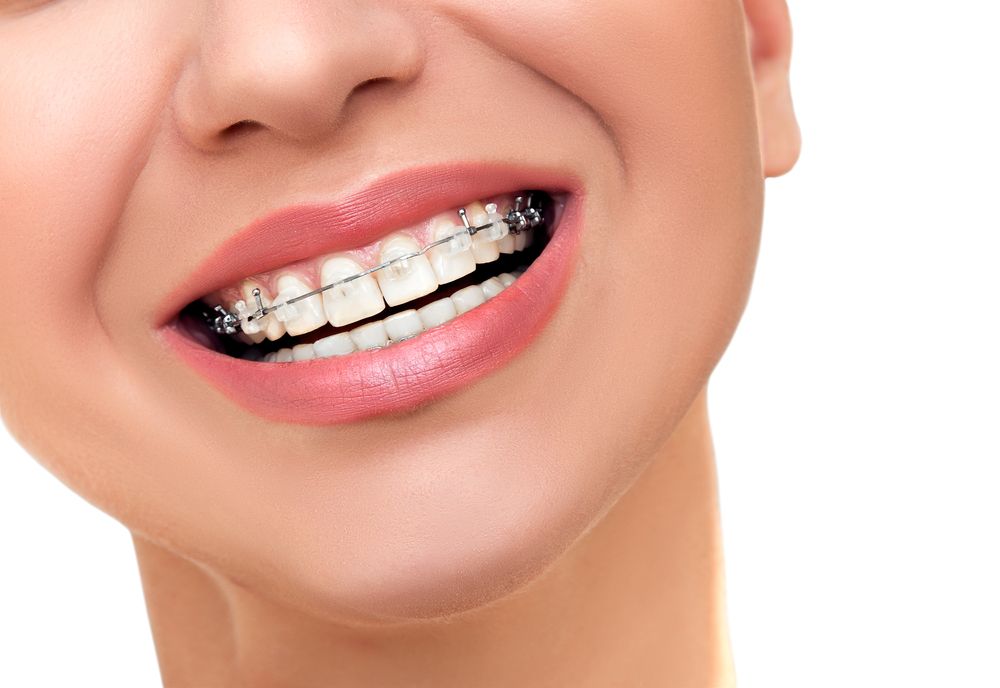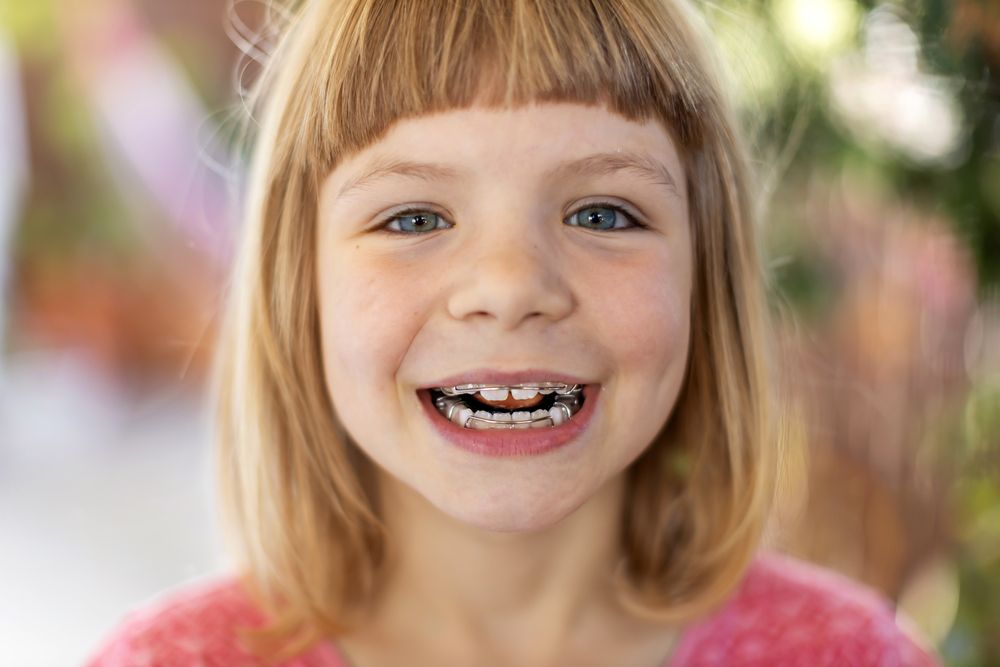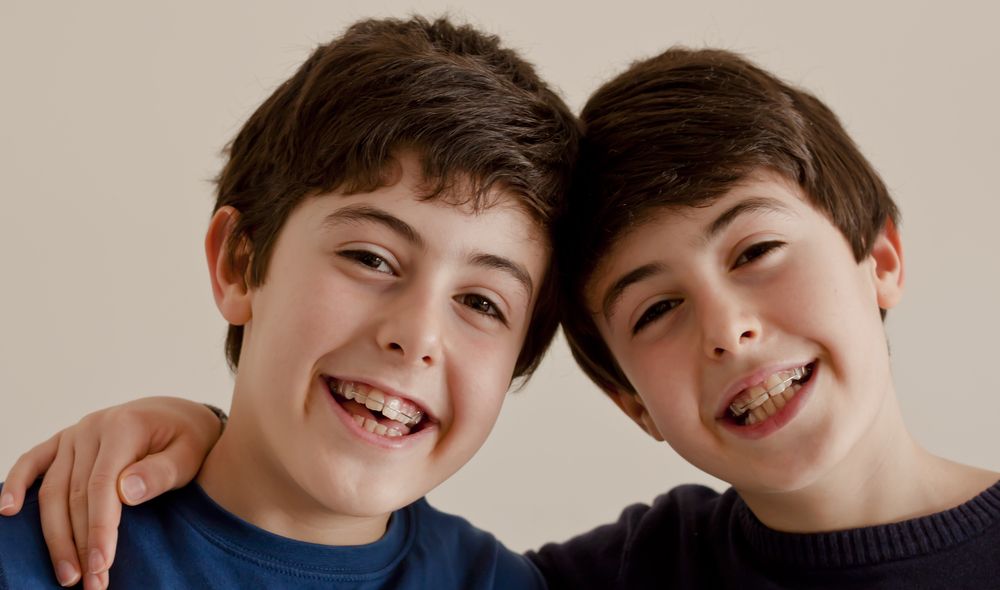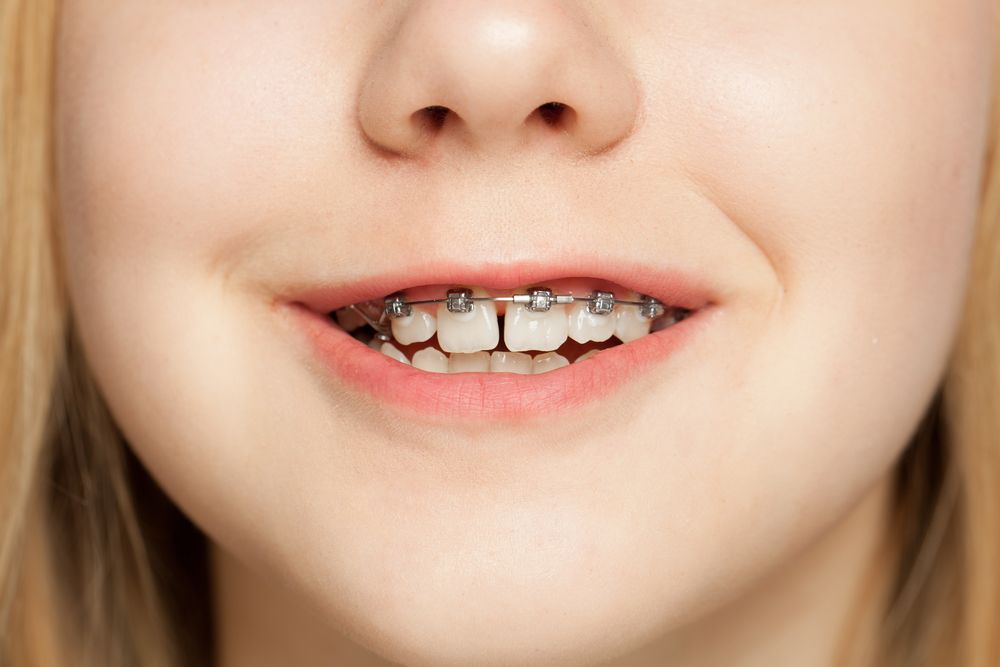Inconspicuous Braces for Teens and Adults
Many people want a gorgeous smile with straight, white teeth, but wearing metal braces keeps them from pursuing orthodontic treatment. Dr. Wint W. Tun at Harmony Orthodontics understands! She knows the importance of maintaining a professional, mature appearance so she offers alternatives to metal braces for adults and teenagers.
In today’s blog, we’ll review the most popular inconspicuous orthodontic therapies. To learn which is best suited for your case, schedule an appointment for a complimentary orthodontic consultation with Dr. Tun. At your visit, Dr. Tun will conduct a thorough exam, take x-rays, and present you with treatment plan options, so you can make an informed decision about braces.
Clear or Ceramic Braces
Often called clear braces because they blend with the color of tooth enamel, ceramic brackets make orthodontics much less obvious than metal braces. Like metal brackets, ceramic brackets are cemented to the front surface of teeth that need adjustment. A nickel wire threaded through the brackets applies strategic forces to reposition teeth over the course of about two years.
Ceramic braces are just like metal braces, but inconspicuous. Because they aren’t quite as intricate and strong as metal brackets, not all cases qualify for ceramic bracket braces.
Six-week adjustment visits with Dr. Tun and six-month cleanings and checkups with your general dentist are a required part of treatment. You’ll need to brush and floss after meals, as well as morning and evening. An interdental brush can help you effectively clean around brackets. Keeping your braces and teeth clean will ensure good oral health throughout treatment and reduce the potential for stains and damage when we remove the ceramic brackets.
Invisalign and Invisalign Teen
Unlike braces, Invisalign aligners are completely removable. Shaped like a mouthguard, the clear, acrylic aligners fit over the top and/or bottom arches of teeth. Strategically placed pressure pushes or pulls teeth toward their ideal alignment over the course of six to 18 months. Every two weeks, you’ll discard your current aligner and use the next one in your series.
Wear your Invisalign aligners 22 hours a day, but remove them when eating meals and cleaning your teeth. You may also remove your aligners for short periods if you have a speaking engagement, a photo shoot, or another event where you’ll feel more comfortable without your aligner.
Invisalign Teen is a special version of Invisalign that features two unique benefits. First, since teenagers often misplace or lose their aligners, up to six replacement aligners are included with treatment. Second, Blue Dot technology reveals the level of compliance with wear. A blue dot on the aligner will disappear with use, so parents and Dr. Tun will know if the teen patient is wearing the aligners as instructed.
Since Invisalign is removable, non-compliance with 22 hours of wear a day can result in orthodontic relapse. Teeth may shift when the aligner isn’t worn, interrupting treatment. This can result in needing an adjustment to the treatment plan or an all-new treatment plan.
Lingual Braces
Though we don’t recommend lingual braces, they are an option for patients who do not want to wear braces for esthetic reasons. Lingual braces are placed on the back surface of teeth and are usually applied to bottom teeth. They can be harsh on the soft tissues of the tongue, causing irritation and abrasions. Also, they’re difficult to clean and adjust.
If You Need Braces, Call Dr. Tun Today!
To learn more about braces that won’t mar your image, contact us today for your no-cost, no-obligation orthodontic consultation. At this appointment, in addition to taking x-rays and providing a treatment plan, Dr. Tun will answer all of your questions. Call 832-699-3683 to schedule your appointment.



